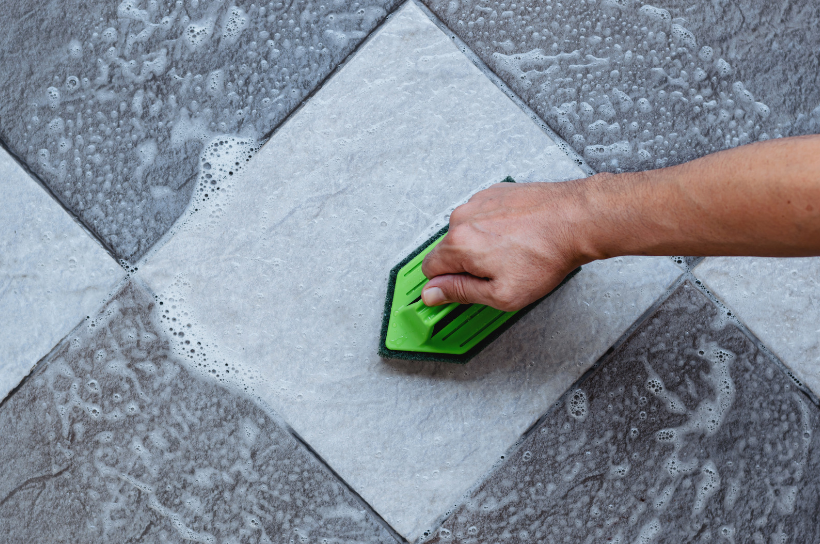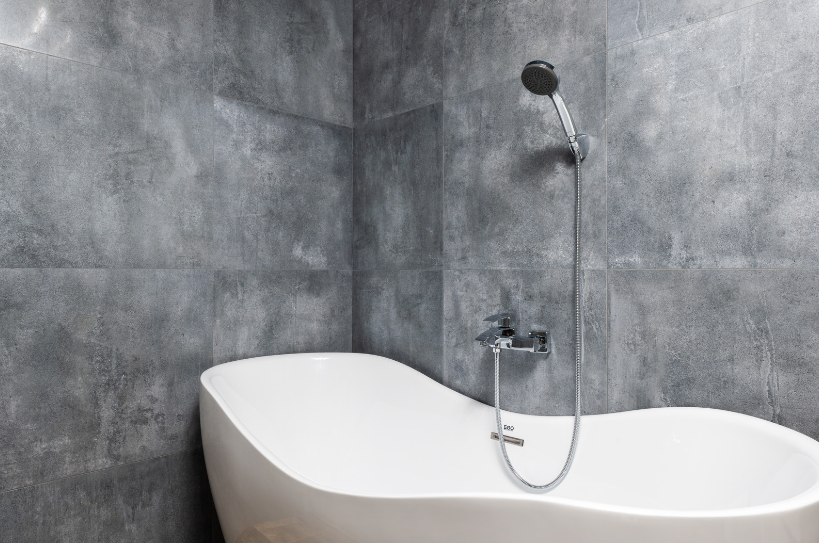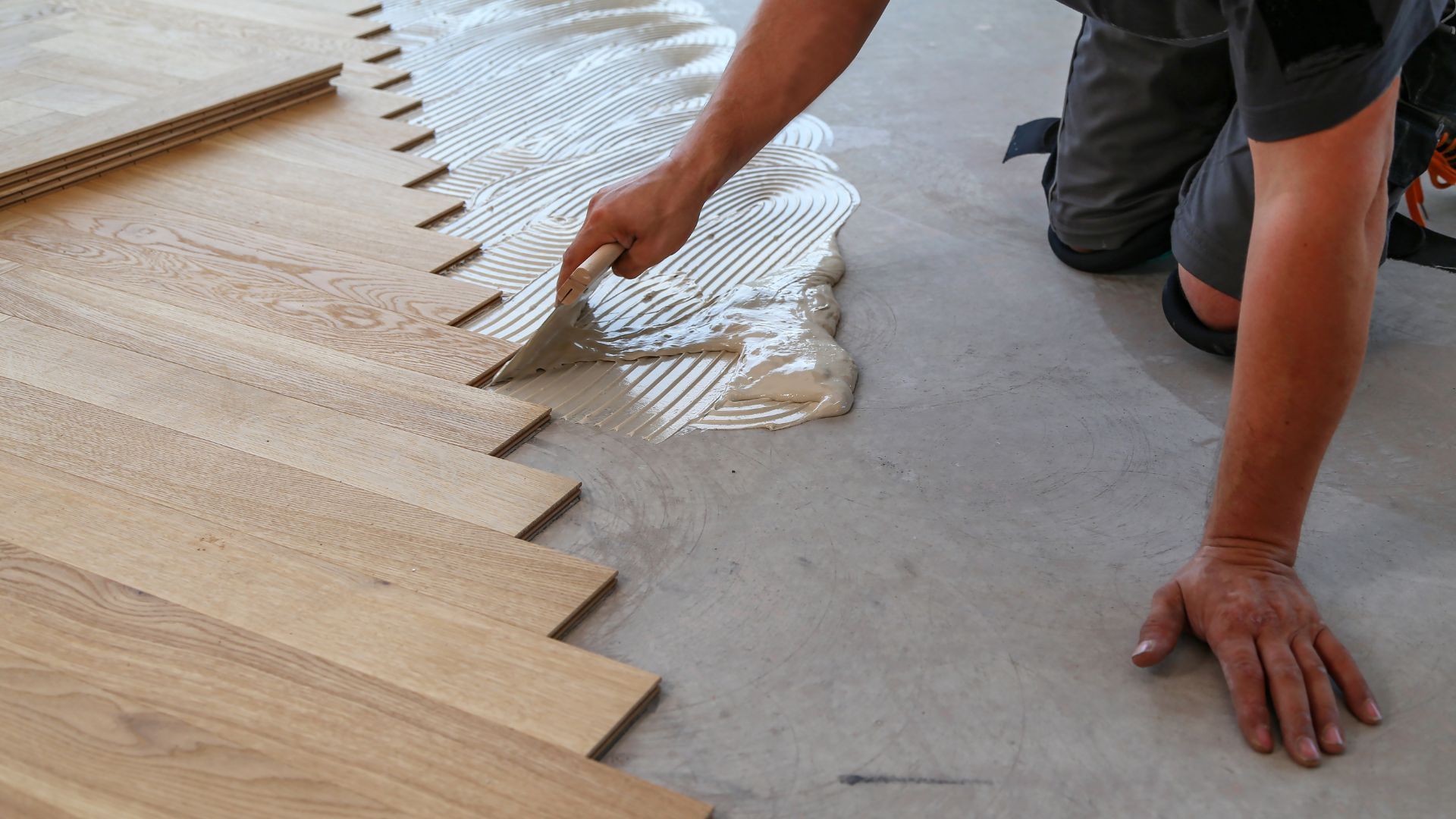Choosing Tiling Materials for Halifax's Climate
Halifax, Nova Scotia, boasts a unique climate characterized by its maritime influence, with relatively mild winters and moderate summers. However, its proximity to the Atlantic Ocean creates challenges in selecting suitable tiling materials for homes and businesses. The city's weather patterns, including high humidity, frequent rain, and occasional snowfall, demand durable and weather-resistant tiling solutions. In this guide, we will explore the most important factors to consider when choosing tiling materials tailored to Halifax's climate.
Moisture Resistance
Halifax's climate is marked by high levels of humidity and precipitation throughout the year. Therefore, tiling materials must possess excellent moisture resistance to withstand moisture penetration and prevent mold and mildew growth. Porcelain and ceramic tiles are popular choices due to their non-porous nature, making them highly resistant to water damage. Additionally, natural stone tiles such as granite and slate, when properly sealed, can also offer robust moisture resistance.
Freeze-Thaw Resistance
Halifax experiences freeze-thaw cycles during the winter months, which pose a significant challenge for outdoor tiling materials. Porous materials like unglazed ceramic tiles may absorb water, leading to cracks and damage when subjected to freezing temperatures. Opting for frost-resistant porcelain tiles or natural stone varieties with low water absorption rates can mitigate the risks associated with freeze-thaw cycles, ensuring the longevity of outdoor tile installations.
Durability
Durability is paramount when selecting tiling materials for Halifax's climate, where fluctuating weather conditions can take a toll on buildings' exteriors and interiors. Tiles made from high-quality materials such as porcelain, ceramic, and certain types of natural stone exhibit exceptional durability and resistance to wear and tear. They can withstand heavy foot traffic, UV exposure, and temperature fluctuations, making them ideal choices for both residential and commercial applications in Halifax.
Traction and Slip Resistance
Halifax's wet and icy conditions during the winter months necessitate the use of tiling materials with adequate traction and slip resistance, especially for outdoor spaces such as patios, walkways, and pool decks. Textured porcelain tiles and certain natural stone varieties offer enhanced grip, reducing the risk of slips and falls in slippery conditions. It's essential to prioritize safety by selecting tiling materials that meet industry standards for slip resistance, particularly in high-traffic areas.
Aesthetic Appeal
While functionality and durability are crucial considerations, aesthetic appeal also plays a significant role in selecting tiling materials. Homeowners and designers can choose from a diverse range of colors, patterns, and textures to complement the architectural style and their own personal design preferences. Porcelain tiles can mimic the look of natural materials like wood and stone, offering versatility and visual interest. Natural stone tiles, with their unique veining and textures, add a touch of elegance and sophistication to indoor and outdoor spaces.
Choosing the right tiling materials for Halifax's climate requires careful consideration of factors such as moisture resistance, freeze-thaw resistance, durability, traction, slip resistance, and aesthetic appeal. By selecting high-quality materials that can withstand the city's weather extremes, homeowners and builders can ensure long-lasting and visually appealing tile installations. Whether renovating an existing space or starting a new construction project, investing in weather-resistant tiling materials is essential for maintaining the beauty and integrity of properties in Halifax.
Once you have chosen the perfect tiles, the next (equally important) step is choosing a professional installer who understands Halifax's climate and its requirements. Even the best tiles won't last long if they are installed poorly or with improper grout and adhesives. Call our experts today for a free quote on professional installation and finish your project with the same care you used in selecting your tiles!
You might also like
Tiling Halifax Murphy's Blog



